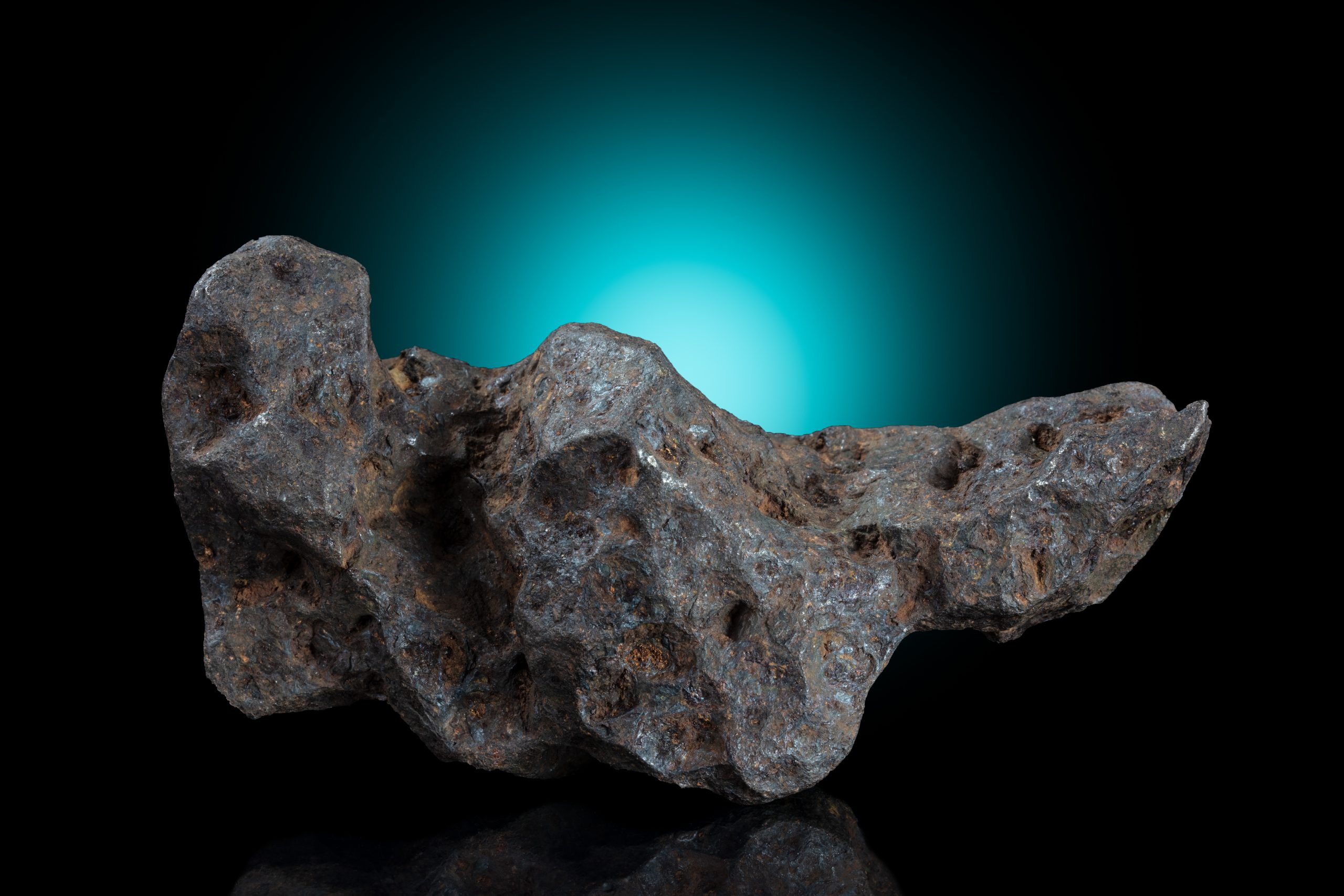
Meteorites have several properties that help distinguish them from other rocks: They are very rare, but many people find unusual rocks or pieces of metal and wonder if they might have found a meteorite. The research was supported by a grant from the National Science Foundation (CBET-1805506).Meteorites are fragments of rock or metal that fall to Earth from space. "This is another interesting message we're learning from meteorites, which are scientifically important as 'alien visitors' to Earth whose composition and structure tell us about the universe." "These experiments tell an origin story for oriented meteorites: the very aerodynamic forces that melt and reshape meteoroids in flight also stabilize its posture so that a cone shape can be carved and ultimately arrive on Earth," observes Ristroph. However, in between these two are "just right" cone shapes that fly straight.

Here they discovered that narrow cones flip over while broad cones flutter. The team, which also included Khunsa Amin and Kevin Hu, both NYU undergraduates, and Jinzi Huang, an NYU doctoral student at the time of the work, then conducted additional experiments in which they examined how different shaped cones fell through water. This distinction raised the following question: what allows meteorites to keep a fixed orientation and successfully reach Earth? However, the researchers recognized the limitations of this experimental design: unlike the clay objects, actual flying meteoroids are not held in a fixed position and can freely rotate, tumble, and spin. The clay objects held in the water current were eventually carved into cones of the same angularity as conical meteorites - not too slender and not too broad. To explore the forces that produce cone-shaped meteorites, the researchers, who included Jun Zhang, a professor of physics and mathematics at the Courant Institute and NYU Shanghai, replicated meteoroids traveling through outer space: clay objects, attached to a rod, served as "mock meteorites" that erode while moving through water. "While most meteorites are randomly shaped 'blobs,' surprisingly many - some say about 25 percent - are 'oriented meteorites,' and complete samples of these look almost like perfect cones." "The shapes of meteorites are not as they are in space, since they are actually melted, eroded, and reshaped by atmospheric flight," explains Ristroph. The forces behind the peculiar shapes of meteorites, which are meteors or "shooting stars" that survive the fiery flight through the atmosphere and land on Earth, have long been a mystery. "By showing how the shape of an object affects its ability to fly straight, our study sheds some light on this long-standing mystery about why so many meteorites that arrive on Earth are cone shaped," he adds. "Amazingly, these 'Goldilocks' cones of the 'just right' angles exactly match the shapes of eroded clay resulting from our experiments and of actual conical meteorites." "Slender or narrow cones flip over and tumble, while broad cones flutter and rock back and forth, but we discovered between these are cones that fly perfectly straight with their point or apex leading," explains Leif Ristroph, an assistant professor in NYU's Courant Institute of Mathematical Sciences, who led the study.


The findings are reported in the journal Proceedings of the National Academy of Sciences (PNAS).
#Meteor meteoroid meteorite series#
The progression, discovered through a series of replication experiments in New York University's Applied Mathematics Lab, involves melting and erosion during flight that ultimately results in an ideal shape as meteoroids hurl through the atmosphere.


 0 kommentar(er)
0 kommentar(er)
